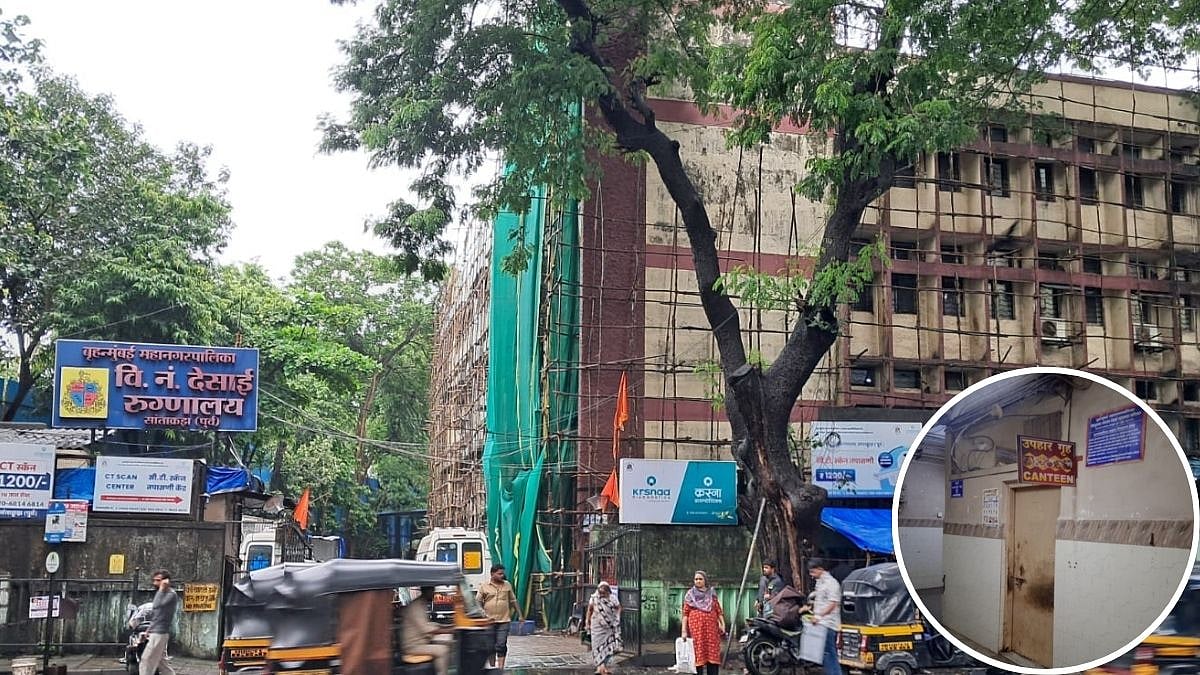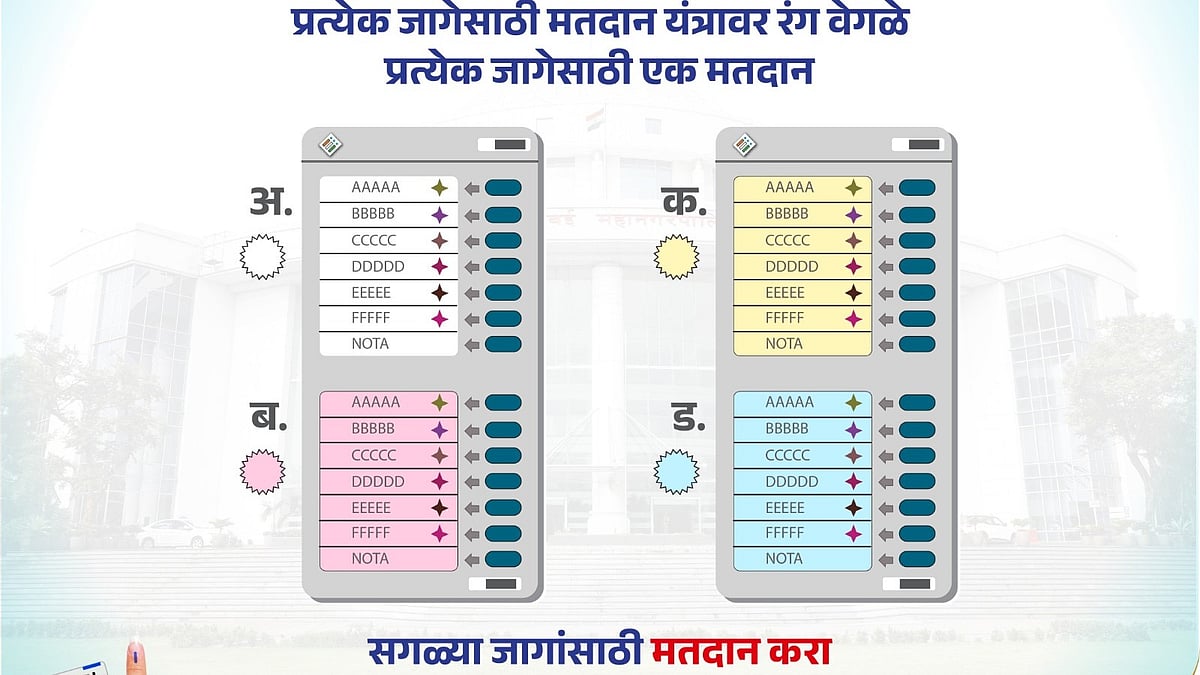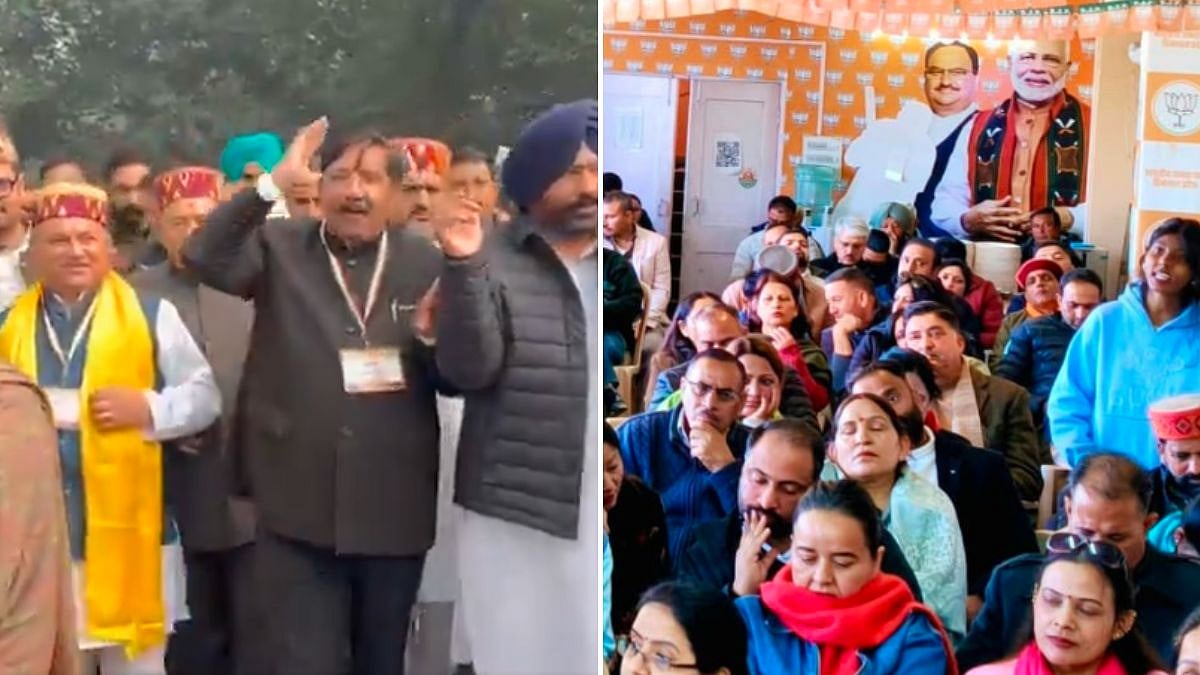If you look at the short history of the internet, one thing strikes you – the consumption and discussion of news created communities of shared interests. Newsgroups have been an integral part of the internet from its early days. Each newsgroup dealt with a different topic, and people who were interested in that group participated. Often the newsgroup dealt with the bizarre – Batman’s obsession with Joker (and vice versa); or the sublime – latest findings around dark matter – and everything in between. The communities were largely unmoderated, and it was usually a no-holds barred conversation. News of various kinds has always been discussed and debated on the internet. And while topics of interest to the mainstream were discussed, there were other newsgroups that discussed conspiracy theories, extremist propaganda, anti-science rants, anti-feminist outrages, extreme forms of religious imposition, and more. Those too found their communities.
In more recent times, social networking was a sleepy old place until news got added to the mix. For those old enough to remember Orkut and Myspace – these were spaces to be social – and mostly focused on talent, hobbies, and other things that we do socially. Both platforms died, primarily because most of us didn’t know what to do beyond saying hello. If you look at the early days of Twitter, it was boring. People posted what they ate, what they drank, how they felt. And, there is not much else that you can do with that information. It was when social networks transformed to provide news, both in terms of feeds emanating from news companies, or as live events being microblogged by diverse crowds, that it became ubiquitous. The 2008 attacks on Mumbai, the Occupy Wall Street protests – after the 2008 financial meltdown – the Arab Spring, were all tweeted and live blogged, changing forever the world of news.
While different audiences consume varying levels of news, it is this consumption that is possibly the glue that holds social media platforms together. And platforms like Facebook and its algorithms pick what we read, when we read it, and how we pass it forward. The science of engagement applies clinically to us.
When audiences consume vast quantities of news on social media – for free – this has implications on the revenue streams of most news platforms. How much do we consume? In India it is estimated that 52 per cent of the total audience consumes news on Facebook and WhatsApp (also owned by Facebook). In the USA, this figure is 68 per cent.
With Facebook and Google being the gateways to news, it was very difficult – if not impossible – for any news platform to walk away from either tech giant. However, now there seems to be light at the end of the tunnel. The Australian government, a few months ago, had asked the Australian Competition Commission to look at the relationship between news publishers, Facebook and Google. In particular, the government asked the competition Commission to take a look at how news publishers could be financially compensated for the consumption of their content on a social media platform.
In a terse release in August, Facebook responded, “Australia is drafting a new regulation that misunderstands the dynamics of the internet and will do damage to the very news organisations the government is trying to protect”. Google, on the other hand, warned Australian readers of a bleak future: “The way Aussies search every day on Google is at risk from new government regulation.”
Whatever be the outcome of the stand-off between Big Tech and Australia, the latter has shown an interesting way of capping the power of these tech giants whose algorithms decide what we consume, and what we think – with impunity.
Big Tech tends towards monopoly. It is the massive investments in infrastructure and the deep learning that they have about us that allows it to know you better than anyone else and makes it ubiquitous in our lives. As it knows us well, it knows what to do to keep us engaged, and as we get more engaged with social media platforms, it learns more about us. And so on. It is this combination that makes both Facebook and Google so attractive to advertisers. Between them, they control almost two-thirds of digital advertising – an almost monopsony of engaged customers.
However, as a recent report, Big Tech in India, points out, given that competition commissions look at monopolies when there is a price implication for customers, Big Tech does not charge customers – and hence, it might be difficult to apply competition rules to them. However, it is definitely possible for Big Tech to pay part of the advertising revenues that it earns from other people’s content, to the creators of that content. This seems only fair.
And, while they are at it, the competition regulators may want to consider one other aspect. Big Tech earns its money by harvesting our data and selling it to advertisers. Technically speaking we, the members of social networks who provide them with the traction, should get a share of the pie too.
The writer works at the intersection of digital content, technology and audiences. She is also a columnist, visiting faculty and filmmaker.









